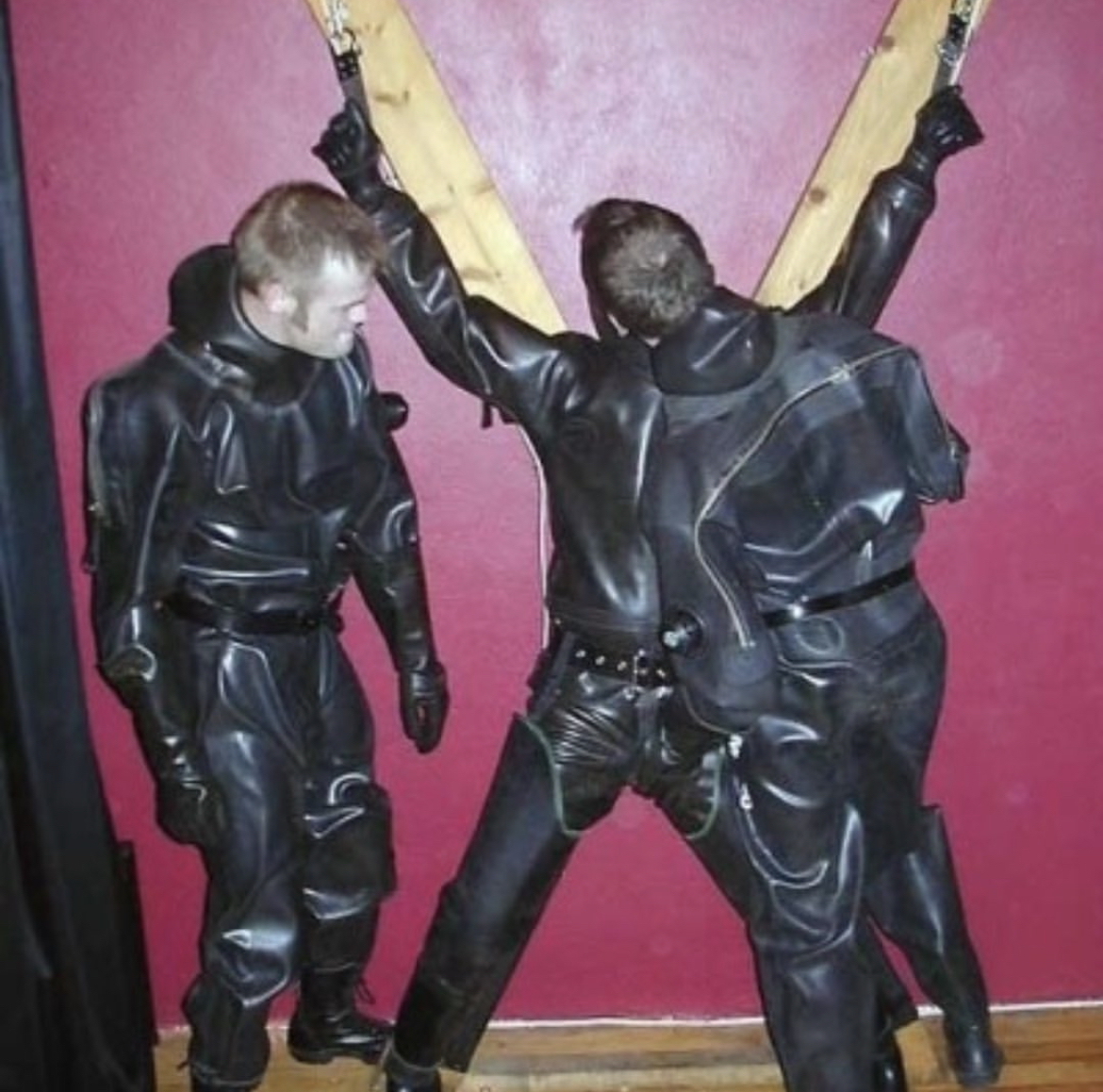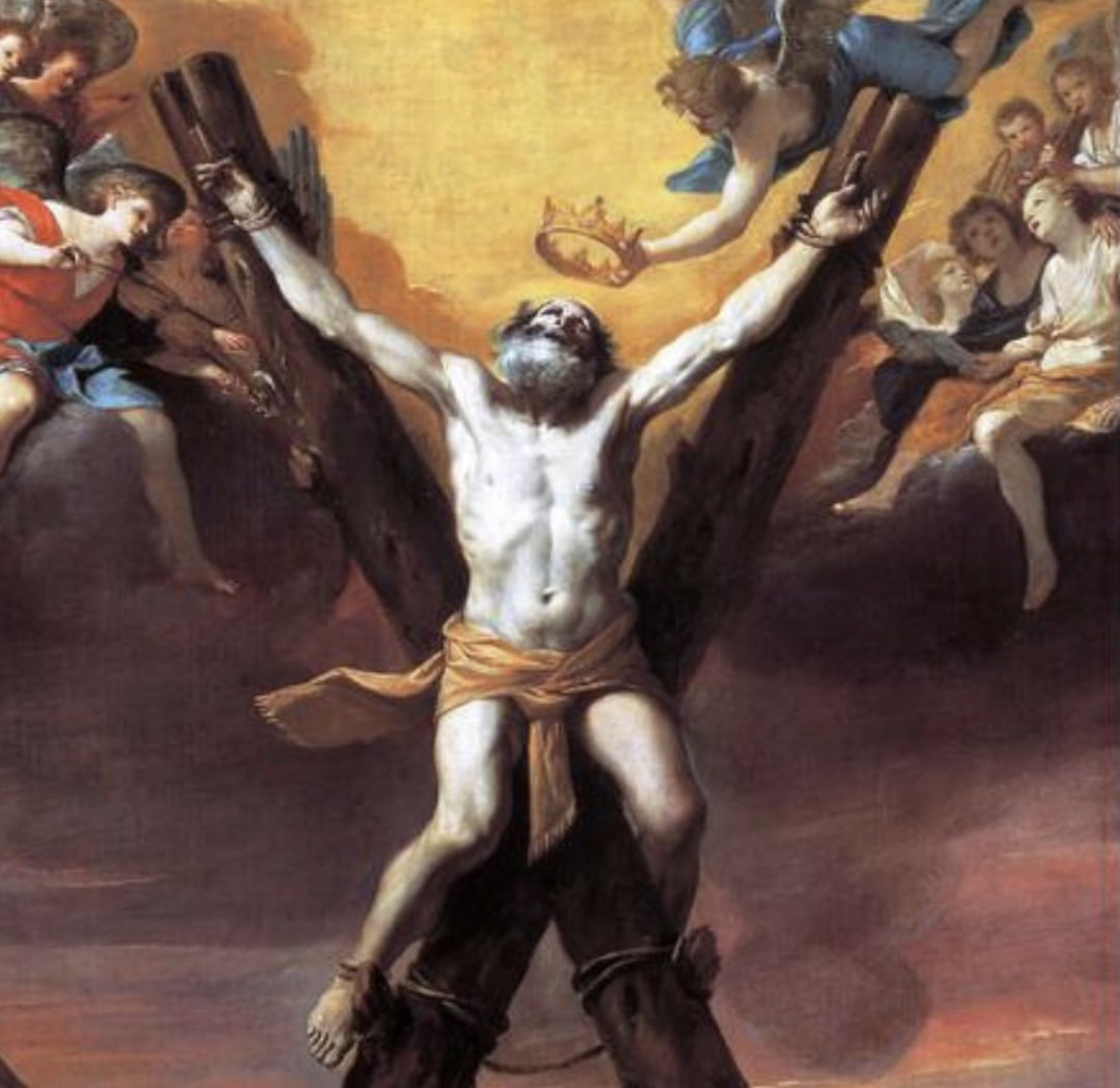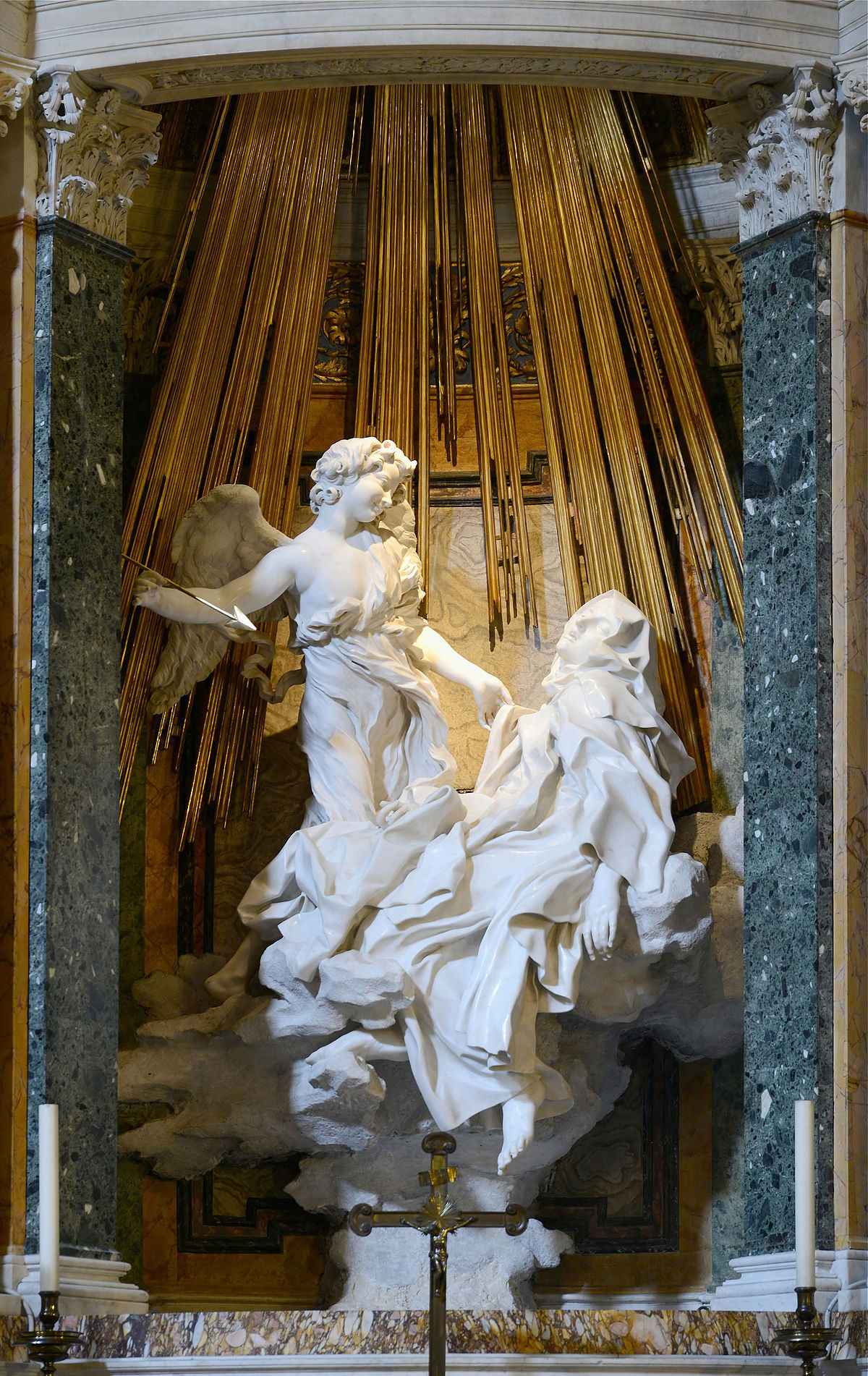You’re invited to eros studies, an intimate gathering: part educational series, part munch*, part oral history but mainly a series of mostly horizontal conversations that invite collective exploration into the realms of ecology, sexuality, kink, and BDSM organized by Cy X.
The second iteration of eros studies was led by Gabriella Garcia and goes into the land of perverted systems.
Perverted Education
Writing + Design Theory + Somatic Exploration
Event Link / Blog Post
Gabriella Garcia (s/h) is a researcher, performer, and poetic technologist. Her work explores the protection of radical self-expression, networked subcultures, and cybernetic intimacy. As a performance artist, Gabriella works to create spaces ruled by vulnerability. Find her on IG @stabriella
Despite the deeply atrocious history of the Catholic church, its elements relentlessly appear in places of transgression. From BDSM dungeons, to queer cinema, to sex work, this study will explore how perverting the ultimate oppressor has has created a tapestry of the erotic as complex and prismatic as a Cathedral’s stained-glass window. How can embracing the manifestation of Collective Shadows within us open new pathways of intimate connection?

Film still from Häxan (1922), a silent dramatized documentary-style film that critiqued and offered a controversial take on the witchcraft scare and witch hunts. It is set in the Medieval Ages and vehemently critiques the Catholic Church’s role in murdering many people, mostly women, queer, and sick folks. The film takes the position that what was called “hysteria” or “witchcraft” actually was “mental illness.” I do not take that position but alas..what is fascinating here is the films depiction of fear alongside that of torture. What we see here is a nun holding a flogger and on the wall are other “torture devices.” If you are into kink and BDSM, some of these objects might look a bit familiar....
“In it’s familiar Western form religious eroticism is bound up with seeking after God’s love.” - George Bataille, Eroticism: Death and Sensuality
It is important to clarify a few things. Namely that in the Christian and Catholic church, practices of discipline, obedience, and power dynamics have often been matters of abuse. Thinking of the late Sinnead O’Conner who so courageously called out the abuse through multiple forms of public protesting and all the many other people who have come forward to out the many abusers in the church since the 90s.
Religion has become a tool of the state. Additionally, the home and often the school and our educational environments have become an extension of the state. With the logic of the state, the noble “heads” of these households have the “responsibility,” of interpreting both the laws of the state and that of the church (and by extension the desires of God) in order to raise good productive religious citizens.
This extension of the religion domain into every avenue of our lives has had consequences. Many of us are healing from religious trauma because we were inducted into systems and forced to correspond to its manipulative interpretations. This is not to say that religion as individuals practice it are 100% of the time coercive, but it is to say that when religions like Catholicism and Christianity have become core tools of domination within large systems that govern every aspect of our lives, its interpretation very quickly can be founded upon dynamics of coercion and lack of consent. How could you question a disciplinary figure if they are in direct correspondence with God or carrying out his desires?
And even if your family was not Catholic or Christian, the influence of the church still runs deeps and guides so much of the ideology of morality and law here in the US. I wonder how this influence finds its way into the deep underbelly of a collective unconscious. I wonder how we have come to digest and compost systems and all that needs to shift, all of which makes it an interesting case study to see if and how it shows up within the realm of the erotic.
This darkness I believe, lives in the deep underbelly of a collective unconscious, which makes it interesting to see if and how it shows up within the realm of the erotic.
BDSM (bondage, discipline, dominance and submission, sadomasochism) differs fundamentally from the abuse and violence of the church. Namely, because it is consensual orientation towards eroticism and therefore life. There are long legacies of consent practices (clear agreements, safe words, check ins, after care) that have been shared amongst those within community to allow for people to be able to move towards the depths of our desires with an awareness of risk and capacity to increase safety. Which doesn’t mean that harm and abuse do not happen within community, but more so that consent is a fundamental part of the framework, which provides clear checkpoints into understanding when a scene and experience is out of bounds.
The movement of power exchange within BDSM is also fundamentally different. When playing with power exchange in BDSM, we are establishing an agreement and exchanging from individual(s) to individual(s).
The movement of power from a system towards an individual is vastly uneven, even in so called democratic government structures. We do not have assess to the same types of consent and agreement making structures. The state does not provide after-care, safe words, or check-ins. It does not provide love or true care. Maybe the church provides access to care, but in my experience it is complicated in its conditionality. You are access to care is predicated on your ability to be disciplined and follow clear moral channels. Sometimes I wonder though if all care as it is currently practiced, is conditional? I’m not sure.
Religion has become a tool of the state. Additionally, the home and often the school and our educational environments have become an extension of the state. With the logic of the state, the noble “heads” of these households have the “responsibility,” of interpreting both the laws of the state and that of the church (and by extension the desires of God) in order to raise good productive religious citizens.
This extension of the religion domain into every avenue of our lives has had consequences. Many of us are healing from religious trauma because we were inducted into systems and forced to correspond to its manipulative interpretations. This is not to say that religion as individuals practice it are 100% of the time coercive, but it is to say that when religions like Catholicism and Christianity have become core tools of domination within large systems that govern every aspect of our lives, its interpretation very quickly can be founded upon dynamics of coercion and lack of consent. How could you question a disciplinary figure if they are in direct correspondence with God or carrying out his desires?
And even if your family was not Catholic or Christian, the influence of the church still runs deeps and guides so much of the ideology of morality and law here in the US. I wonder how this influence finds its way into the deep underbelly of a collective unconscious. I wonder how we have come to digest and compost systems and all that needs to shift, all of which makes it an interesting case study to see if and how it shows up within the realm of the erotic.
This darkness I believe, lives in the deep underbelly of a collective unconscious, which makes it interesting to see if and how it shows up within the realm of the erotic.
BDSM (bondage, discipline, dominance and submission, sadomasochism) differs fundamentally from the abuse and violence of the church. Namely, because it is consensual orientation towards eroticism and therefore life. There are long legacies of consent practices (clear agreements, safe words, check ins, after care) that have been shared amongst those within community to allow for people to be able to move towards the depths of our desires with an awareness of risk and capacity to increase safety. Which doesn’t mean that harm and abuse do not happen within community, but more so that consent is a fundamental part of the framework, which provides clear checkpoints into understanding when a scene and experience is out of bounds.
The movement of power exchange within BDSM is also fundamentally different. When playing with power exchange in BDSM, we are establishing an agreement and exchanging from individual(s) to individual(s).
The movement of power from a system towards an individual is vastly uneven, even in so called democratic government structures. We do not have assess to the same types of consent and agreement making structures. The state does not provide after-care, safe words, or check-ins. It does not provide love or true care. Maybe the church provides access to care, but in my experience it is complicated in its conditionality. You are access to care is predicated on your ability to be disciplined and follow clear moral channels. Sometimes I wonder though if all care as it is currently practiced, is conditional? I’m not sure.

An interesting photocopy of a letter to an editor. This person is speaking about their experience in Convent School (space of intense religious education usually led by nuns and male clerics). There is an interesting switch that happens here...the erotization of something that was most likely harm into that of pleasure...
“I would love to feel the cane again.”



Saint Andrews Cross
Saint Andrew (Andrew the Apostle) was an Apostle of Jesus who was martyred by cruxificion. It was believed that he had been crucified on a crux decussata (x-shaped cross) via his own request because he did not believe himself worthy to be cruxified on the same type of cross as Jesus and he was bound on the cross instead of nailed. This devotion even after Jesus’ death feels like the epitome of the erotic!Now, this same type of cross is a staple within BDSM dungeons and communities, as you can see based off the photo on the left. There is a practicality to it: it is easy to manufacture, it can affix to a wall, it provides support for a body that is bound over time, it offers access to sensitive areas of the body (inner thights, genitals, armpits) by having someone spread open, and provides a sort of signifying position / stance that could support someone getting into the mindset of a scene. Plus Andrew the Apostle already demonstrated for us, its bondage potentials.

Ecstasy of Saint Teresa: on piercing kinks & religious ecstasy
“She claimed that during her illness she rose from the lowest stage, “recollection”, to the “devotions of silence” or even to the “devotions of ecstasy”, which was one of perfect union with God. During this final stage, she said she frequently experienced a rich “blessing of tears.” As the Catholic distinction between mortal and venial sin became clear to her, she says she came to understand the awful terror of sin and the inherent nature of original sin. She also became conscious of her own natural impotence in confronting sin, and the necessity of absolute subjection to God. Around 1556, various friends suggested that her newfound knowledge was diabolical, not divine. She began to inflict various tortures and mortifications of the flesh upon herself. But her confessor, the Jesuit Saint Francis Borgia, reassured her of the divine inspiration of her thoughts.
On St. Peter’s Day in 1559, Teresa became firmly convinced that Jesus Christ presented himself to her in bodily form, though invisible. These visions lasted almost uninterrupted for more than two years. In another vision, a seraph[13] drove the fiery point of a golden lance repeatedly through her heart, causing an ineffable spiritual-bodily pain.I saw in his hand a long spear of gold, and at the point there seemed to be a little fire. He appeared to me to be thrusting it at times into my heart, and to pierce my very entrails; when he drew it out, he seemed to draw them out also, and to leave me all on fire with a great love of God. The pain was so great, that it made me moan; and yet so surpassing was the sweetness of this excessive pain, that I could not wish to be rid of it…This vision was the inspiration for one of Bernini’s most famous works, the Ecstasy of Saint Teresa at Santa Maria della Vittoria in Rome.The memory of this episode served as an inspiration throughout the rest of her life, and motivated her lifelong imitation of the life and suffering of Jesus, epitomized in the motto usually associated with her: Lord, either let me suffer or let me die.”